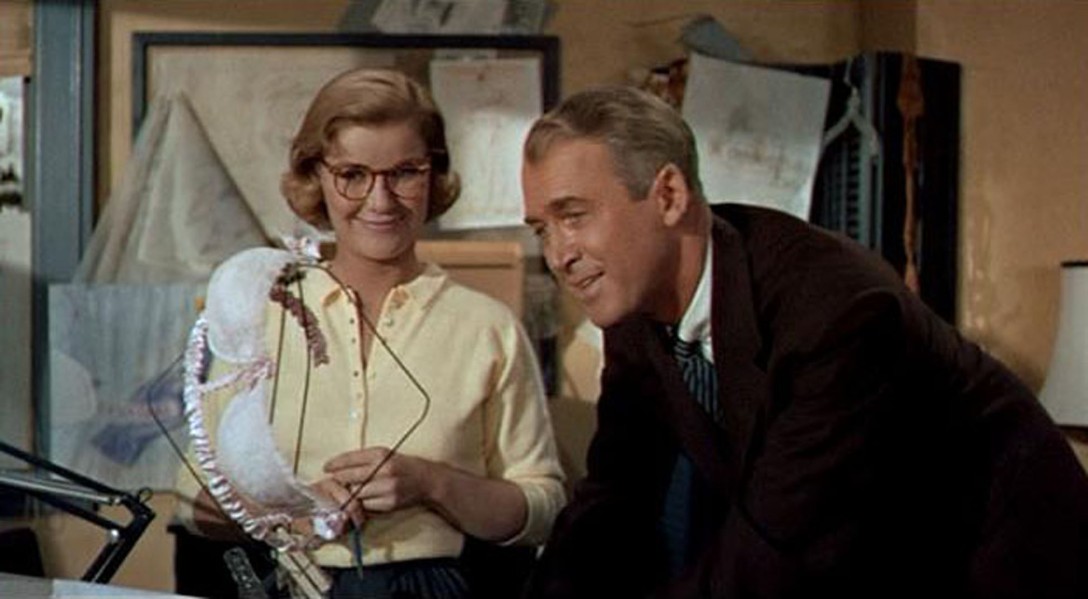For part two of my exploration of the bra, an in depth look at the bra band, its relationship to cup size, and its role in complicating everything about finding a bra that fits.
The bra band is really the base of the bra. It’s where the vast majority of the support comes from, and the support it provides is cantilevered horizontally from the close fitted band and the cups holding the weight of the bust up, rather than support by suspending weight from the shoulders, which hurts and doesn’t work very well.

The bra band also establishes circumference of the torso at the underbust (for simplicity, I’m disregarding for a moment the way that the old plus four inches issue muddies the waters for certain sizing systems). Bra band size is the starting point for how we describe bra sizes. Cup sizes are relative, and the letters actually have no meaning without a bra band to give them context. Even though we talk about double Ds or B cups as if they describe an objective size, they actually don’t mean anything, because they are relative to the band size that defines them. Here’s a better visual explanation of how cup size relates to torso/band size:
The way that we write bra sizes as a numerical value and a letter is kind of like a little math equation where the bra band is the base circumference of the body at the underbust, and each letter increase adds an inch to this to end up with enough room for the circumference of the bust at the fullest point:
AA = .5 inch
A = 1 inch
B = 2 inch
C = 3 inch
D = 4 inch
DD or E = 5 inch
And upward, though the specific letters used sometimes vary from manufacturer to manufacturer or European system versus American sizing system, etc. If you wrote it as a math problem, it would be something like this:
Numerical band size/underbust circumference + letter to specify extra cup inches = full bust circumference
So for a 36B, it’s basically an equation that says: 36″ rib cage + 2″ total added in the cups = 38″ full bust measurement. This is why sister sizing works, where you can go down a band size but a cup letter, or up a band size and down a cup letter, to approximate a fit like your exact size (more on this another day).
This sounds simple enough, but then everything gets complicated, because A) different fabrics are reduced by different amounts depending on stretch and recovery properties, so a band designed for a 36″ rib cage probably will measure smaller than that, B) all bodies are not the same and the broad backed and non-standard torso-ed among us (*raises both hands*) are statistical outliers who can’t find an appropriate size this way, and C) the plus 4 phenomenon.
The plus four thing is an often repeated piece of advice bra fitting – take your actual rib cage measurement, if it’s even, add four inches, and if it’s odd, add five inches to get your band size. To me, this seems illogical and stupidly complicated, and it seems more intuitive to just use your actual rib cage measurement. There are interesting historical reasons that this developed that I’m reading up on and will write about, but it seems to have been a vanity sizing tick that happened around the ‘50s or ‘60s when bra sizing as we now know it began to emerge as an industry standard. Things get really, really complicated these days, because sizing standards vary by market (American, UK, EU, Japanese, Australian, to name a few), and because in the US market, some companies no longer add these inches into the band sizes, and some companies do. This means a 36 band brand A might not be drafted for the same rib circumference as brand B, so your 36B is not the same size across brands. For those of us who don’t want to try on 37 bras at the mall to find one with a good fit, this is exasperating.
This isn’t exactly the bra manufacturer’s fault, since it is very hard to accommodate the wide range of bust shapes, sizes, and body proportions that exist in the real world into a single approximation. It’s a complicated supply/demand and consumer knowledge problem. Even if there were more variations available, most of us (my pre-lingerie-addiction self included) would not know where to begin to understand our particular shape and support needs. That being said, some kind of standardization on band measurement seems to me like it would make it much easier for all of us. (In my own drafting and bra sizing, I use an exact rib cage measurement as a starting point, since the plus four model assumes a certain standard tapered rib cage typical of more of an hourglass shape than the vast majority of women have. Statistically most of us are much more rectangular.)
I’ll be rambling about bust position next in my sprawling Ted talk on the mechanics of the bra. 🙂 I’d love to hear any thoughts, and if anyone knows more about the weird history of bra size standards, I’d love to hear more on this.
